What Is A Rock Roof?
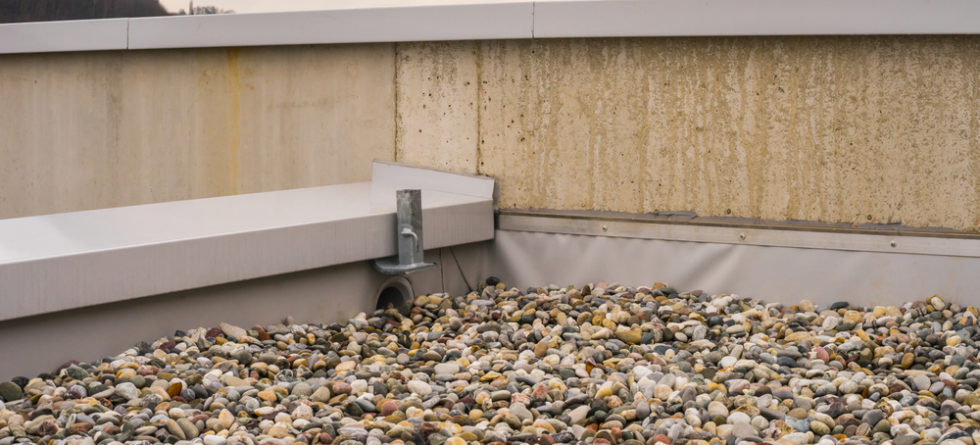
A rock roof typically refers to a flat roof covered with rock or stone ballast to protect the roof membrane and hold it in place.
Here’s how a rock roof is usually constructed…
- Base Layer – The roofing assembly starts with a base layer, which is typically a waterproof membrane installed directly on the roof deck. This membrane serves as a barrier to prevent water from infiltrating the building.
- Insulation (Optional) – In some cases, insulation may be installed on top of the waterproof membrane to improve energy efficiency and thermal performance. This step is optional, depending on the specific requirements of the building.
- Protective Layer – On top of the waterproof membrane (and insulation, if used), a layer of protection is added. This protective layer can consist of a fabric or sheet material that provides additional reinforcement and durability to the roofing system.
- Ballast Layer – The primary feature of a rock roof is the ballast layer, which consists of rocks, gravel, or sometimes concrete pavers. These materials are spread evenly across the surface of the roofing assembly to hold it in place and provide additional protection against wind uplift.
- Drainage – Beneath the ballast layer, the roofing system includes a drainage layer to facilitate the removal of water from the roof surface. Proper drainage is essential to prevent water from pooling and causing leaks or structural damage.
Rock roofs offer several benefits…
- Durability – The ballast layer helps to protect the underlying roofing materials from UV radiation, weathering, and physical damage, extending the lifespan of the roof.
- Low Maintenance – Rock roofs require minimal maintenance compared to other types of roofing systems, as there are no adhesives, fasteners, or mechanical attachments to inspect or replace.
- Fire Resistance – The non-combustible nature of the rocks or gravel used in the ballast layer enhances the fire resistance of the roof system, providing an additional layer of protection for the building.
Rock roofs also have some drawbacks, including the potential for the ballast to shift or settle over time, which may require periodic adjustment or replacement.

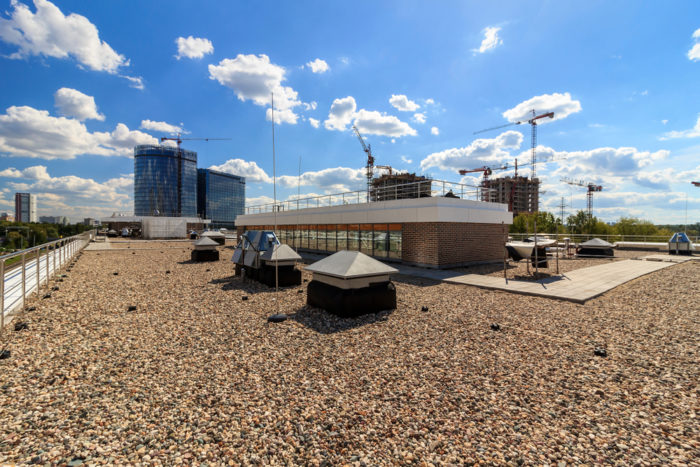
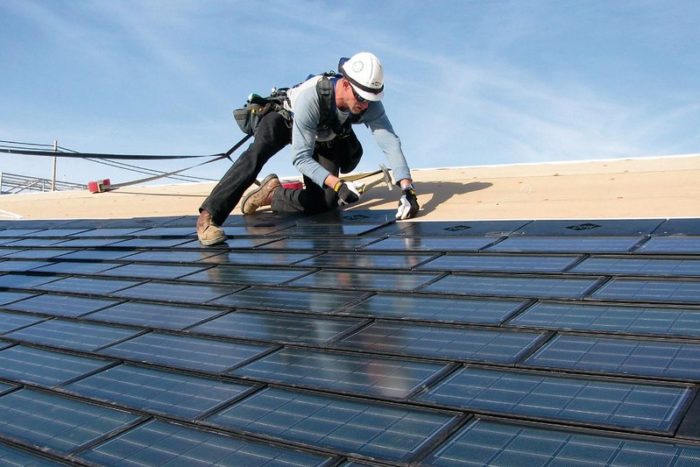
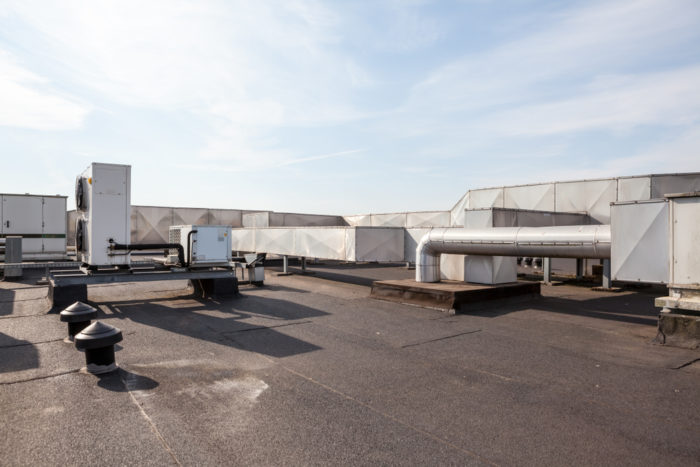
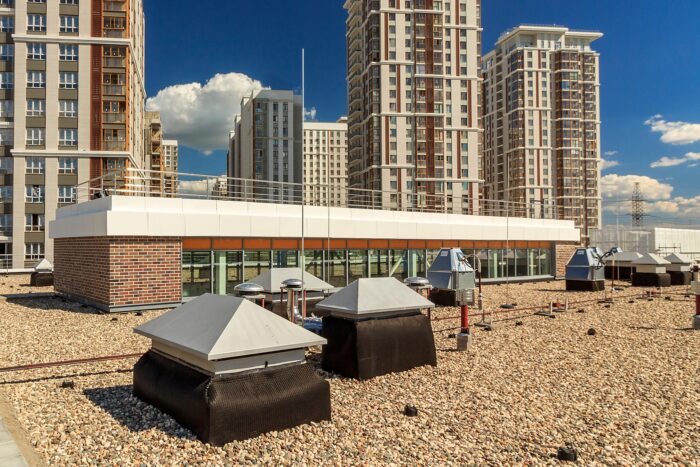
Leave a Comment